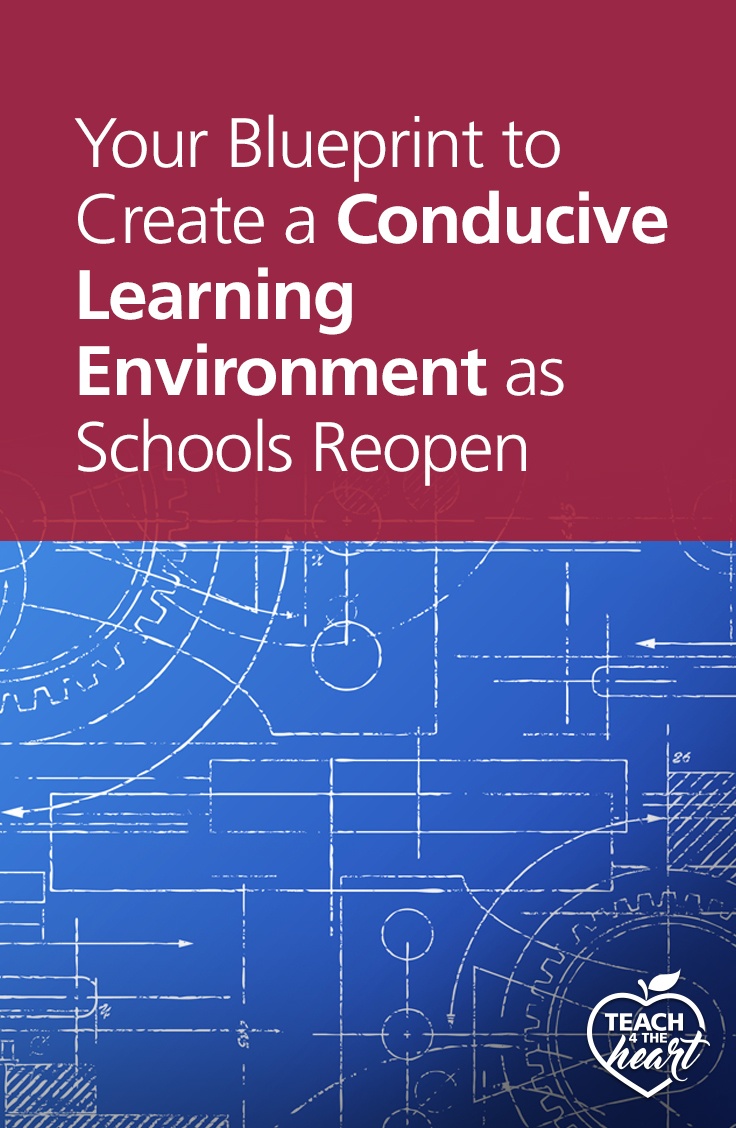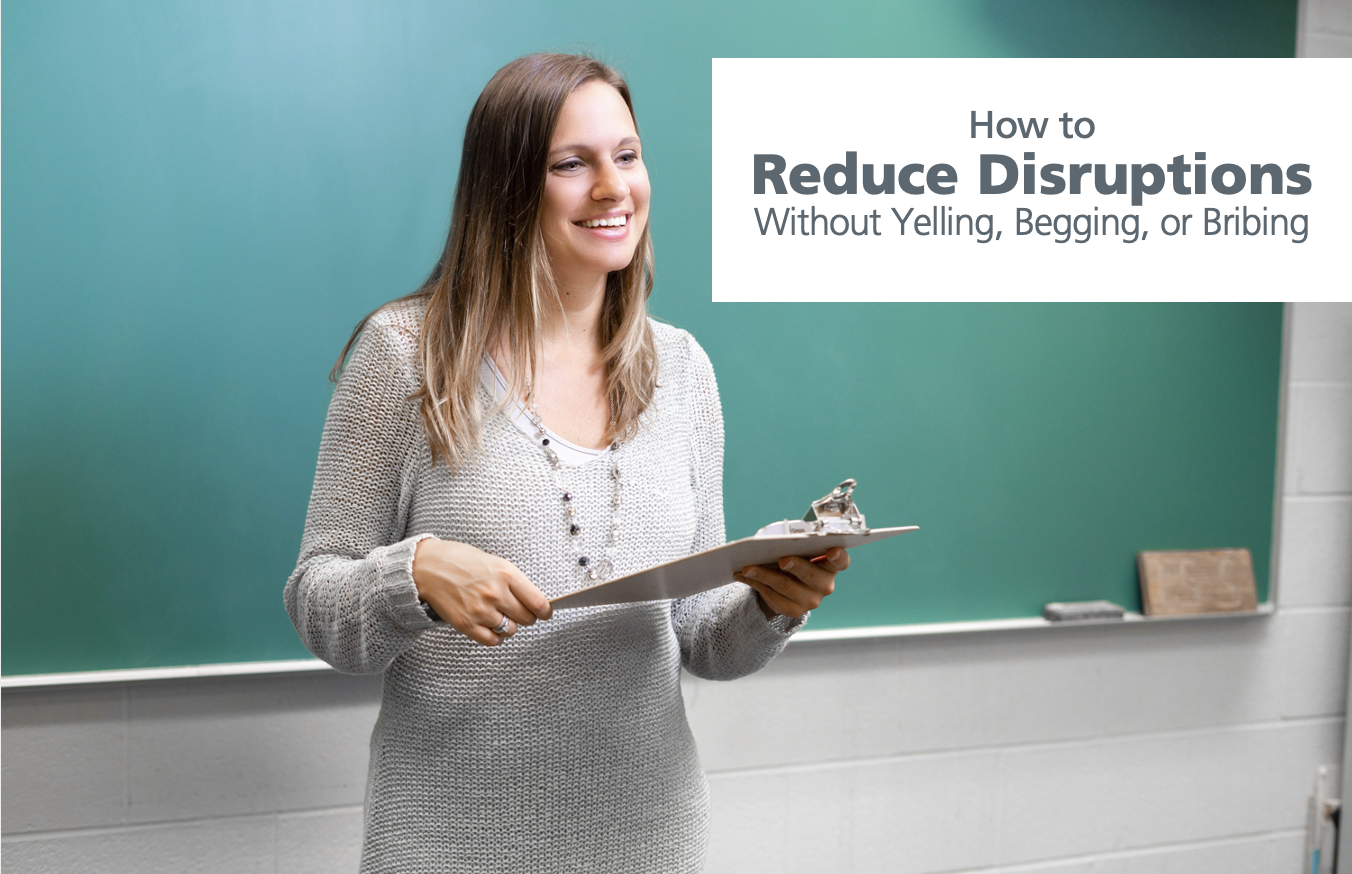
We still may not be 100% sure what school will look like this fall, but we know that we'll want to make every second we have together count! Today, we'll discuss a five keys to create a conducive learning environment no matter what learning situation you end up facing.
listen here:
resources mentioned:
How to Teach Procedures Your Students will Actually Follow
20 Student Choice Ideas that Share Control without Losing It
Beyond Classroom Management has been replaced with the All-New (and even better) Classroom Management 101. Check it out here.
creating an orderly learning environment
For many of us, the fall is still looking uncertain. You may or may not have an outline of what it’s going to look like, but either way, there are still a lot of question marks. Policies seem to be varying widely and there are a lot of possibilities floating out there.
Students may need to catch up due to school closures in the spring and things will look different because of social distancing guidelines. We need to figure out how to serve our students the best way possible with sustainable solutions no matter what the year looks like. One of the biggest keys to this will be to maximize the time you do have together (whether virtually, in-person, or blended learning) and keep it free from distractions and chaos as much as possible.
There are five keys to creating a conducive learning environment that makes the most of the time you do have. No matter what you’re facing next year, you can apply these principles to your classroom.
1. prioritize procedures
Procedures may not seem like the most important thing in the midst of the unknown, but they should actually be one of your top priorities. Your routines and procedures need to be well thought-out, especially in light of social distancing guidelines. But that’s not enough.
You need to invest time in making sure your students learn the procedures. Even when you may feel more pressed for time than usual, this is not a waste of time. It will pay off! Teach them clearly, practice them with your students, and insist they are followed. If your class doesn't do the procedure correctly, have them re-do it. This will pay off greatly in a calm, conducive learning environment for the year.
For more about teaching procedures, check out our article How to Teach Procedures that Your Students will Actually Follow.
2. give students clear expectations
Be really clear with your students about what you expect of them and what’s needed to succeed. Don’t assume; communicate directly what you need them to do.
This is especially important if students are doing long-distance or blended learning at home. For example, if you’re doing flipped learning, explain to the students that they need to watch the videos with headphones, no distractions, and have supplies with them to take notes. Over-communicate your expectations.
3. allow real student choice
Allow real student choice about what you’re doing, especially for older students. Choices can increase student motivation by giving them ownership in their learning.
They can also be helpful in accounting for the varied circumstances our students faced in the spring and may continue to face this fall. The pandemic really reminded us that every student comes from a different situation. Some students stayed on track or even did better than usual during distance learning. Others may not have logged on all spring.
You can provide student choice by giving the options to complete a remedial skill or a more challenging skill. Teach students how to self-assess themselves to make the right choice. That also takes the burden off of you to assess every student for every assignment option.
You can also offer choices of different learning formats. For example, one assignment requires internet access, but the other doesn’t since students have different technology options.
A quick reminder to offer student choice in a sustainable way that doesn’t put extra burden on you. Small tweaks work; you don't need to create two completely different assignments.
For even more student choice ideas, check out 20 Student Choice Ideas that Share Control Without Losing It.
4. create space for community
Some students may have continued to have social interactions through the pandemic, but others have been isolated for 6 months. Teachers may feel the crunch to push academics every minute of the day, especially since some students have fallen behind.
But we also need to create space for social/emotional learning. Some students have faced serious trauma in these last few months, some have faced more minor trauma, but we have all been affected by these last 6 months. We are all bringing different experiences back into the classroom and ignoring that would be doing a disservice to our students.
Building relationships and giving students space to express their emotions is not a waste of time. One way to do this in elementary school is through morning meetings. This is based on the book The Morning Meeting Book. You can find out more about morning meetings in Classroom Management 101, but basically, you take 15-20 minutes in the morning every day to meet together as a class. You can review academics, teach social skills, teach communication skills, and have some social interaction.
In secondary education, you might do this through exit slips that ask more personal questions, allowing students to turn and talk for the last few minutes of class, or having students share in the beginning of class. This social time is especially needed if your school is very strict on social distancing. Students can be far apart physically, but you can help them feel closer emotionally and socially.
5. provide clear communication with parents
Clear communication is necessary so that parents can better support their kids, especially when doing distance or blended learning. As much as possible, give responsibility and ownership to the students, rather than the parents. But at the same time, you need to clearly communicate what’s going on with the parents.
If there’s something the parents can do to help their students stay on pace, let them know that. The younger the students, the more important communication is because parents are usually administering the work.
Remember to put yourself into the parents’ shoes. They don’t have the same background on the assignment that you do. Ask yourself: “If I weren’t the teacher, would I know what to do?” Instead of "Do the assignment on page 8," you may need to say, “Before s/he does the assignment, remind your student how to add using the hundred chart.”
It's difficult to live in the unknown and not know exactly what next year will look like. However, whether it's virtual, in-person, or blended learning, these five principles can make your classroom run smoothly.
Want more practical Help guiding your class?
Check out our free class: How to Reduce Disruptions without Yelling, Begging, or Bribing.
spread the word!
Did you find this post helpful? Clue in your fellow teachers by sharing the post directly (just copy the URL) or by clicking one of the buttons to automatically share on social media.

This article may contain affiliate links. This means that if you purchase a resource after clicking the link, Teach 4 the Heart may receive a small commission at no extra cost to you. Thanks for helping support Teach 4 the Heart in this way.


Fantastic blog. Great piece of information. Very informative. This is truly a great read for me. I have bookmarked it and I am looking forward to reading new articles. Thanks for sharing this with us.